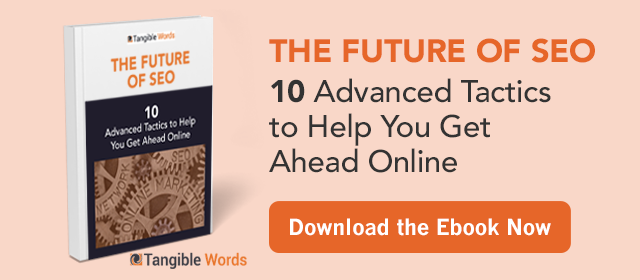SHARE
Reaching Your Target Audience By Fulfilling Their Needs - TED Blog
If you’ve struggled with trying to integrate a change in the way your organization communicates its messages in reaching your target audience, you must read this article “Octopus’s garden: A TED Fellow with a radical approach to saving fisheries” by Karen Eng for TEDBlogs. In it, Alasdair Harris, founder of Blue Ventures, gives an innovative perspective on selling the conservation idea and how it’s worked for his cause. Not only is his approach interesting in its scope and successes, it will give you hope that stepping away from traditional communication language can work for your conservation effort.
Here’s what Harris says,
“Conservation today is about people, markets and behavioral change. And making change happen requires a totally different approach to simply publishing papers and hoping someone might read them: it means listening to what communities need, developing a deep understanding of local issues — and all that requires a permanent presence and commitment — plus funding for the long haul.”
This statement really defines how non-profit communicators need to approach their audience to generate interest and action in their efforts. In marketing What is WIIFM?—What’s In It For Me?
Reaching Your Target Audience By Fulfilling Their Needs
WIIFM explained may sound like a selfish outlook, but it is a feeling even the most philanthropic of us can understand. And so, you need to tailor your messages to tweak the interest of the different WIIFMs in your audience. What are they looking for: is it personal satisfaction, recognition, or a tax receipt? Define what shapes your audience’s decisions and let them know how you can help them get what they want.
In the Harris’ example, he was looking for a way to get people, outside of the environmental sector, to recognize the need for conservation and take action to reverse the damage done to marine environments. Very effectively, he created a program that appealed to two diverse audiences who both benefited from his program.
Harris reached out to those for whom a healthy marine environment was a “nice to have”. These people were looking to fulfill a need for adventure with the bonus of supporting an environmental cause. He also created trust with those for whom a healthy marine environment was a “must have”. They needed to accept conservation efforts for their survival.
With these two groups they were able to raise the awareness, and money, needed to sustain a rehabilitation project. Plus, he redefined what conservation means in terms of creating an environment that continually supplied the resources without draining them; ultimately turning naysayers into innovators for new ways to conserve. Because they found what was in it for them.
Reaching Your Target Audience: You can do this too, start by:
- Aligning your goals with those of your target audience;
- Giving your audience ways they can fulfill those goals with you;
- Showing them successes and get them to help spread the word.
Give Alasdair’s story a read, you will be inspired both by his good deeds and the potential for your own.
Find out if your current website is communicating your message effectively with a website content audit and consultation. Or, if you’re thinking about changing the way you communicate talk to Tangible Words about your marketing goals and get help and advice.
Want to find out more about how to attract and keep clients?
You’ll learn:
- Why most websites fail and how to make sure yours is a success.
- What’s the real cost? Understand how to more effectively budget staff and fiscal resources for your next website and digital strategy.
- What your digital communications have always been missing to ensure user engagement and action.
Topics
- Content Creation (297)
- Growth-Driven Design Websites (167)
- Inbound Marketing (146)
- Sales Growth (133)
- Tangible Words (111)
- Search Engine Optimization (85)
- Social Media Marketing (83)
- Hubspot (76)
- Blogging for Business (75)
- Economic Development (64)
- Events & Training (60)
- Company Growth Podcast (49)
- Manufacturing (47)
- Tourism (46)
- Email Marketing (42)
- Case Stories (40)
- Testimonials & Client Feedback (36)
- Education and SaaS (23)
- Google (21)
- Careers (19)
- Inbound Marketing Agency (19)
- Cool Companies (18)
- FAQ (16)
- Alysha Dominico (13)
- Associations (7)
- Food and Beverage (7)
TW Blog Sign-Up
Learn more about how to grow your business and improve your sales team process.







-png.png)